Being a polyglot is like having a superpower! It’s like holding the keys to different worlds, each with its own unique culture, traditions, and opportunities. It’s not just about being able to order a croissant in French or haggling over prices in a Moroccan souk. It’s about diving headfirst into the deep end of the global pool and swimming with the currents of cultural understanding.
Moreover, learning a new language is like upgrading your brain’s software. It sharpens your nonverbal communication skills, turns you into a multitasking ninja, and makes your brain more flexible, ready to adapt and respond to new situations like a well-oiled machine.
For those just starting their linguistic journey, you might want to dip your toes in the waters of Spanish, German, or Italian – they’re like the friendly neighborhood of the language world. But if you’re a thrill-seeker, ready to climb the Everest of language learning, here are the 25 most challenging languages that will test your mettle. So, buckle up, language adventurers, it’s going to be a wild ride!
- In this multicultural journey, let’s explore the global expressions of kindness and courtesy with translations for “Good Day,” “Goodbye,” “Thank You,” and “Good Night” in 25 different languages, spreading warmth and gratitude across borders.
List Of Languages
25. Croatian
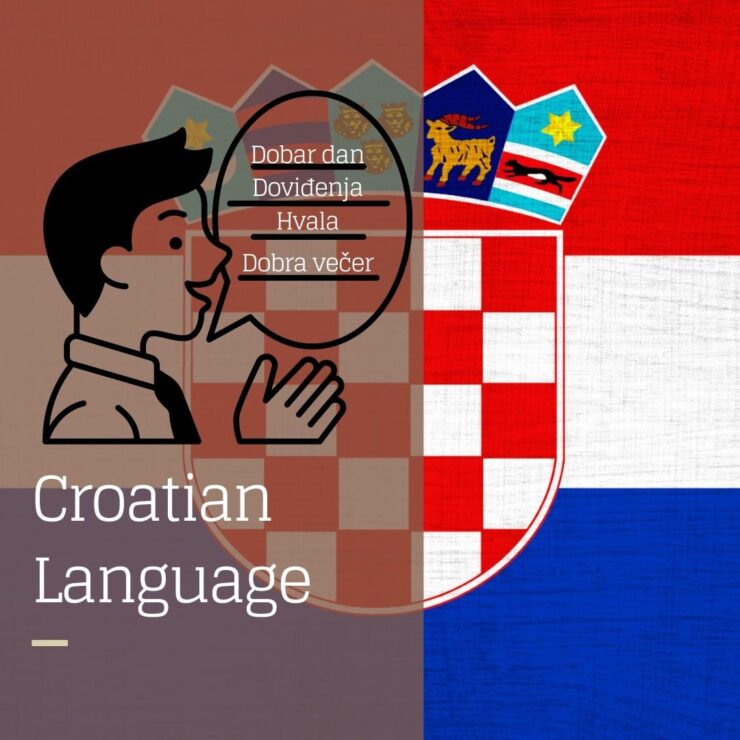
- Speaker Count: 5.5 million
- Language Hotspot: Croatia
Why Croatian is like a Linguistic Obstacle Course
Croatian, a member of the Slavic language family, is like a linguistic Rubik’s cube. With seven cases to juggle (English only has three), it’s a bit like trying to solve a puzzle in the dark. Plus, Croatia, though small, is a melting pot of dialects, making it a challenge to master just one if you’re trying to soak up the language while there.
Fun Fact: The Croatian language is the same, or almost the same, as Bosnian and Serbian. Actually, some Serbians believe it’s just a variation of the Serbian language, and if you delve into history, there might be some truth to that.
Note: It’s important to approach topics of language and nationality with sensitivity. The distinction between these languages can be a matter of cultural and national pride for some individuals.
24. Tagalog
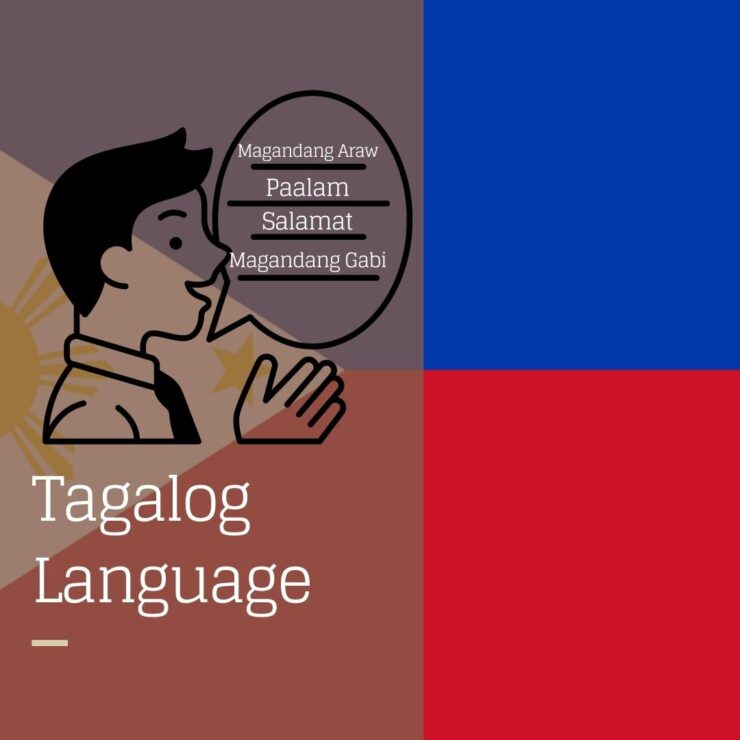
- Speaker Count: 74 million
- Language Hotspot: Philippines
Why Tagalog is a Tongue-Twister
Tagalog, an Austronesian language, is like a maze of complex grammar and sentence structure. It’s the mother tongue of most Filipinos, and it’s got a fun quirk: emphasis can totally flip the meaning of a word. For instance, “suka” can mean “vomit” or “vinegar” depending on which syllable you stress. Talk about a conversation starter!
23. Danish
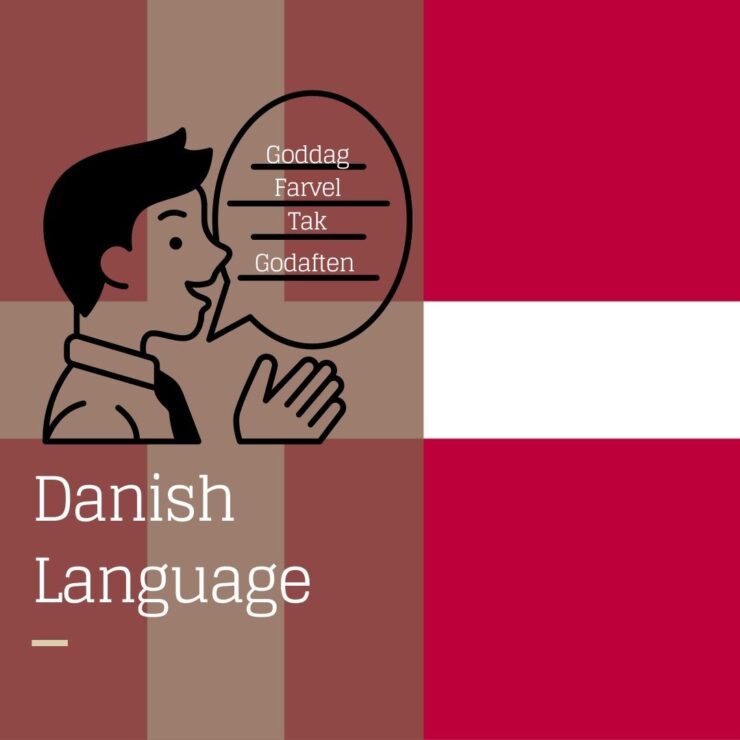
- Speaker Count: 6 million
- Language Hotspot: Denmark, Greenland, Faroe Islands
Why Danish is a Linguistic Roller Coaster
Danish is like a tongue twister on steroids. With over 20 vowel sounds and three extra vowels (Æ, Ø, and Å) that don’t exist in English, it’s a pronunciation challenge. Plus, the silent D can really trip you up, making “jeg hedder” sound more like an L.
22. Gaelic
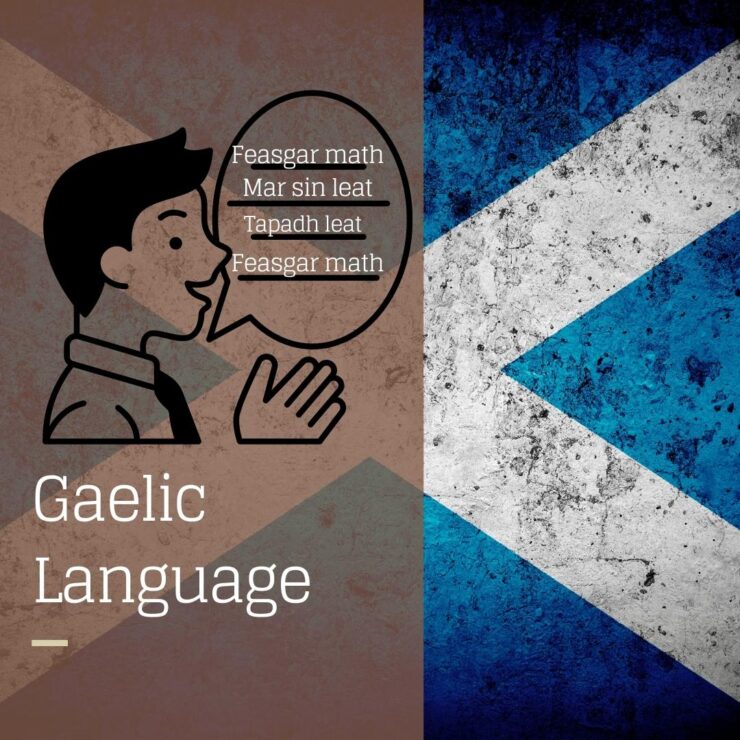
- Speaker Count: 1.2 million
- Language Hotspot: Ireland
Why Gaelic is a Brain Teaser
Finding a place to practice Gaelic is a challenge in itself, given its declining usage. But the real brain teaser is its many grammatical cases and dialects. Plus, it uses a VSO (verb, subject, object) word order, which can feel like trying to solve a puzzle upside down.
21. Bulgarian

- Speaker Count: 10 million
- Language Hotspot: Bulgaria
Why Bulgarian is a Linguistic Gymnastics
Bulgarian, with its Cyrillic alphabet, is like a linguistic gymnastics routine for English speakers. The verb conjugations alone are like a high bar routine, with more variants and combinations than other Slavic languages. And don’t get us started on the three gendered nouns. All adverbs and adjectives must match the gender, adding another twist to the routine.
20. Serbian
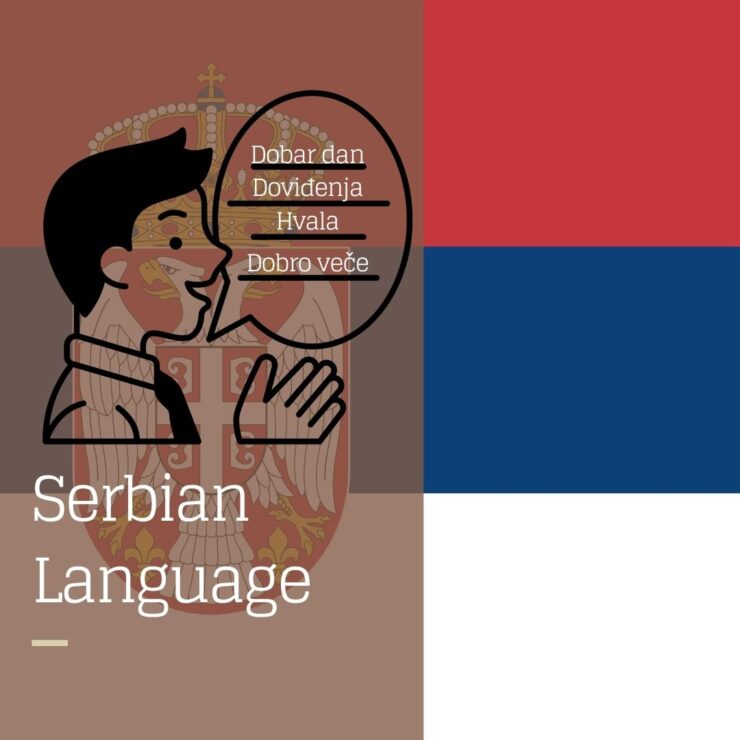
- Speaker Count: 12 million
- Language Hotspot: Republic of Serbia, Bosnia, Herzegovina, Montenegro, Kosovo
Why Serbian is a Linguistic Jigsaw Puzzle
Serbian, another Slavic language, is like a jigsaw puzzle with extra pieces. It has two scripts (Cyrillic and Latin), seven tenses, and a consonant (R) that sometimes moonlights as a vowel. Gender plays a big role too, with words like “uenik,” meaning “male student.” And some letters, like Š (similar to SH in English), can be a real curveball.
19. Czech
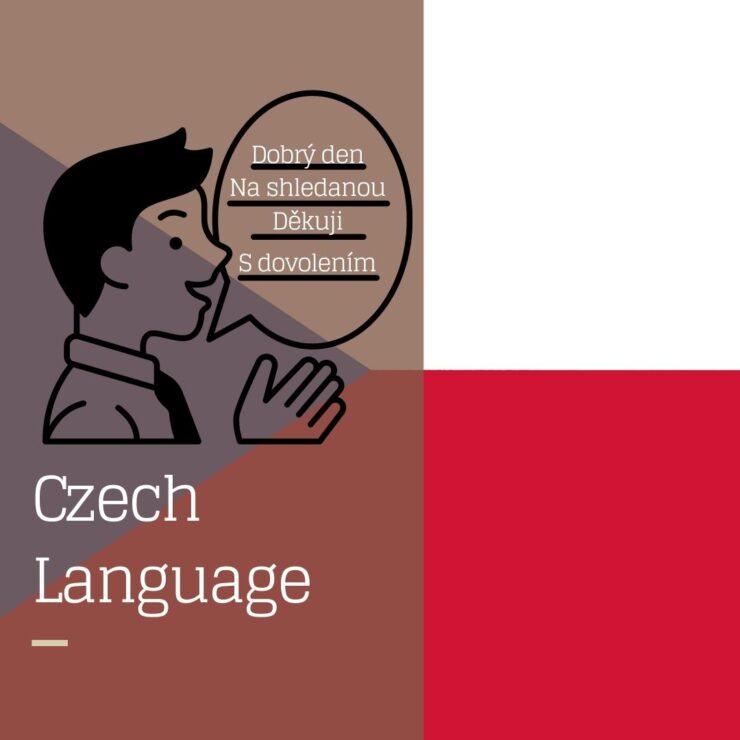
- Speaker Count: 10 million
- Language Hotspot: Czechia
Why Czech is like a Linguistic Roller Derby
Czech is like a roller derby for your tongue. Packed with consonants, each word is a mini tongue twister. And with seven cases, each with masculine, feminine, and neutral forms, it’s like trying to skate in three directions at once. Plus, each case has plural forms, so it’s like a roller derby with extra players!
18. Albanian
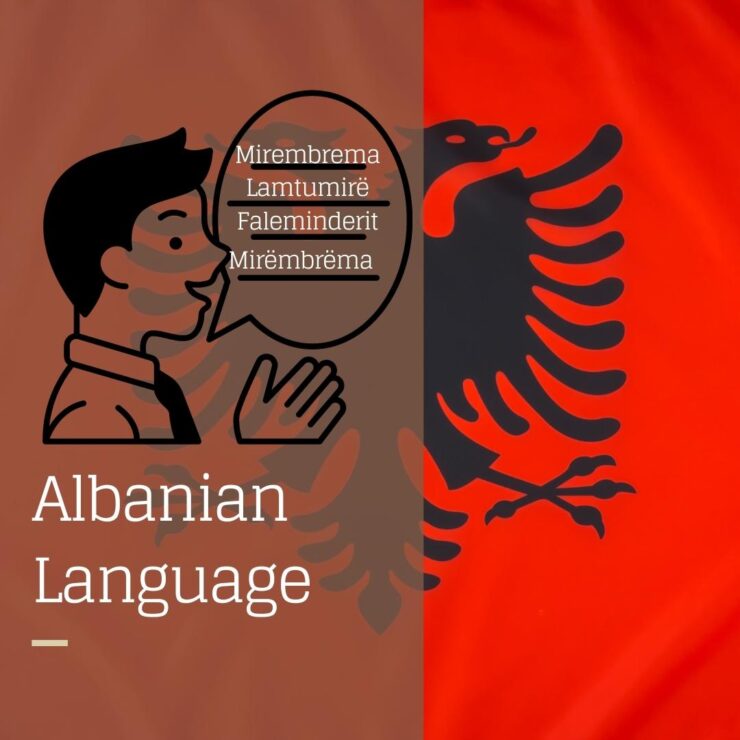
- Speaker Count: 7.5 million
- Language Hotspot: Albania, Kosovo
Why Albanian is a Linguistic Time Machine
Albanian is like a linguistic time machine, with elements from extinct languages like Thracian, Illyrian, and Dacian. It’s also got a dash of Greek and Latin grammar rules and vocabulary. With nouns that have both a case and a number, learning Albanian is like trying to memorize a history book.
17. Georgian
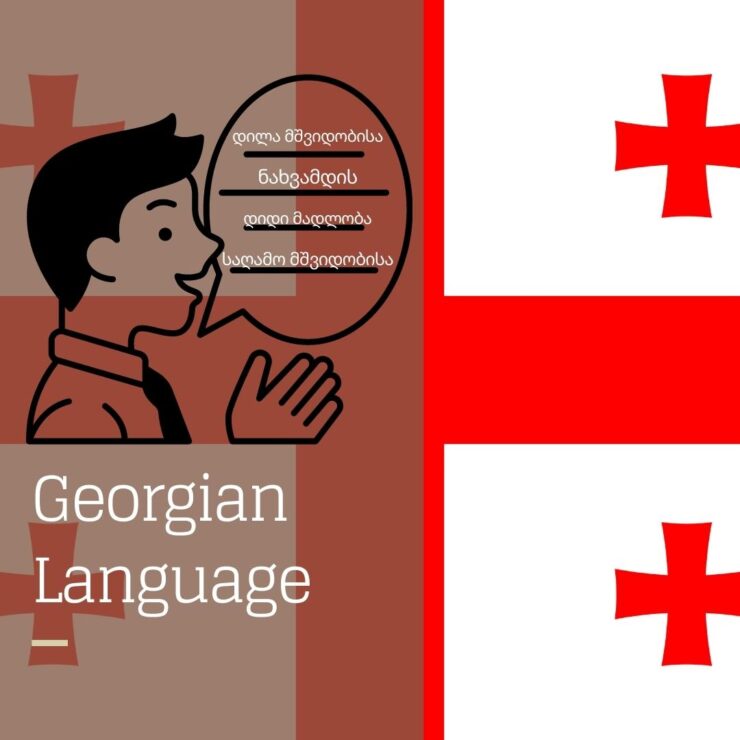
- Speaker Count: 4 million
- Language Hotspot: Georgia
Why Georgian is a Linguistic Magic Eye Picture
Georgian is like a Magic Eye picture, with its own writing system where many of the letters look eerily similar. Plus, the consonant clusters can feel like trying to spot the hidden image in one of those 3D pictures.
16. Estonian
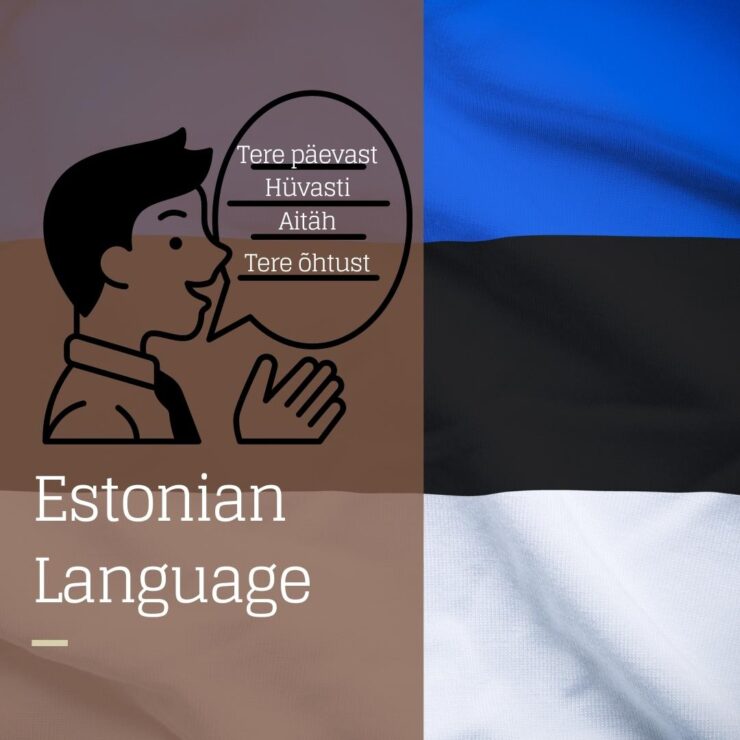
- Speaker Count: 1.1 million
- Language Hotspot: Estonia
Why Estonian is a Linguistic Marathon
Estonian, a member of the Finno-Ugric family, is like running a linguistic marathon. With 14 noun cases and grammar rules full of exceptions, it’s a long, challenging race. Plus, consonants and vowels come in three lengths: short, long, and super long. The length can change the meaning of a word, like “lina” (linen) and “linna” (city).
15. Turkish
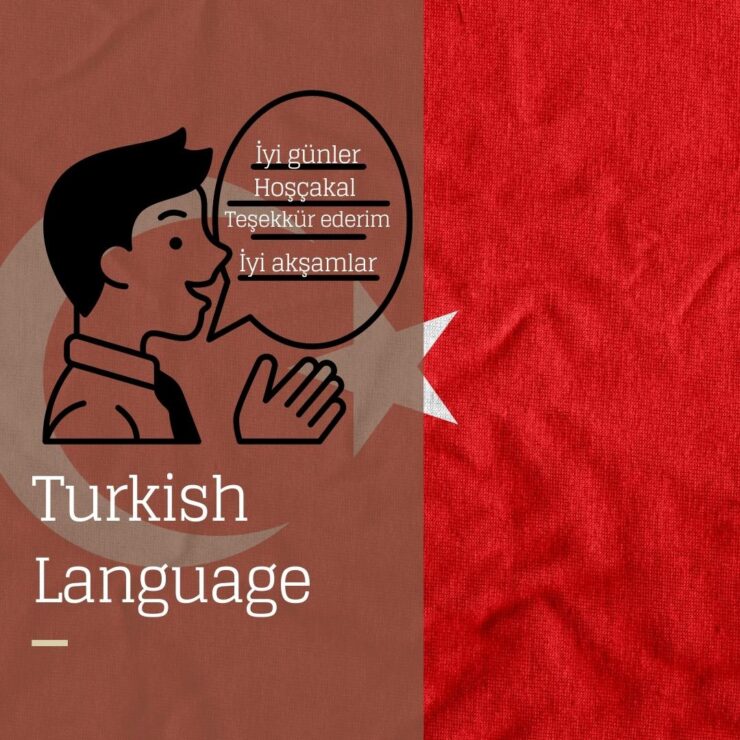
- Speaker Count: 75 million
- Language Hotspot: Turkey, Cyprus, Bulgaria, Greece
Why Turkish is a Linguistic Jenga Tower
Turkish is like playing a game of linguistic Jenga. It’s an agglutinative language, which means it stacks prefixes and suffixes onto words to determine meaning and direction. The verb, which carries the most weight, is placed at the end of the sentence. So, you can’t fully understand the sentence until it’s finished, just like you can’t tell if your Jenga tower will stand until the last piece is in place.
14. Farsi
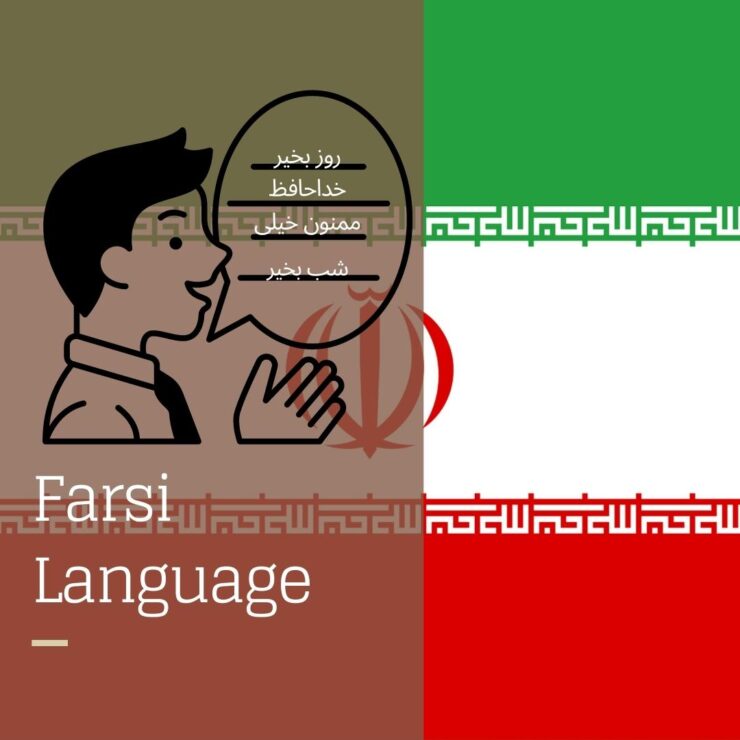
- Speaker Count: 110 million
- Language Hotspot: Iran, Afghanistan
Why Farsi is like a Linguistic Mirror Maze
Farsi, also known as Persian, is like a mirror maze of the Indo-European languages. It’s full of words that English speakers can recognize, but the unique alphabet and script, which read from right to left, can feel like walking into a mirror.
13. Greek

- Speaker Count: 13 million
- Language Hotspot: Greece, Cyprus
Why Greek is a Linguistic Archaeological Dig
Greek, the oldest living Indo-European language, is like an archaeological dig. It’s ancient and filled with linguistic artifacts like three different genders for nouns and grammar rules that are foreign to English speakers. Plus, you have to learn the Greek alphabet, which is like unearthing an ancient relic.
12. Russian
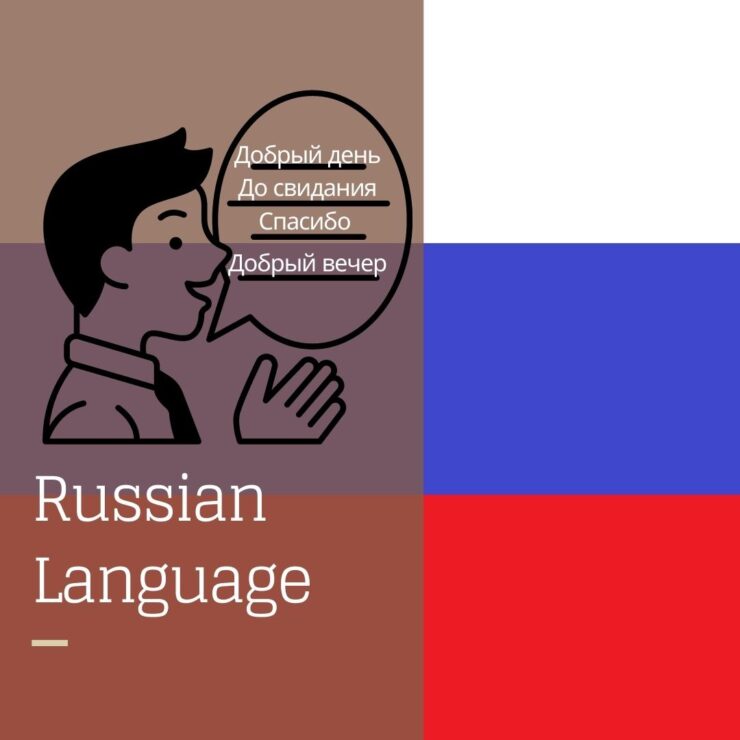
- Speaker Count: 258 million
- Language Hotspot: Russia, Ukraine, Belarus, Poland, Kazakhstan
Why Russian is a Linguistic Magic Trick
Russian can feel like a magic trick for English speakers. It’s made up of Latin letters, but many of them sound completely different. The letter “b” sounds like “v,” and “h” sounds like “n.” Plus, Russian loves to group consonants together, making spelling and pronunciation feel like pulling a rabbit out of a hat.
11. Polish
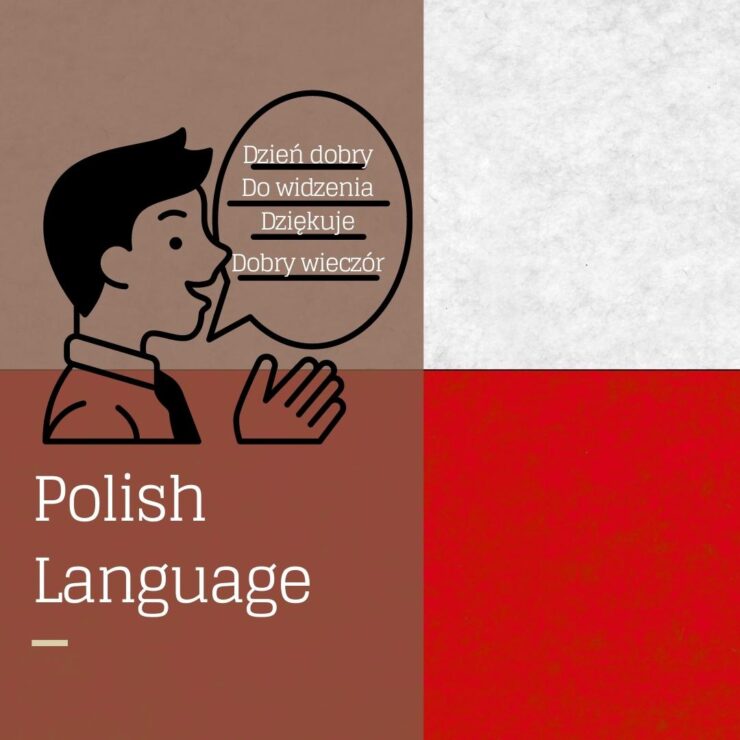
- Speaker Count: 50 million
- Language Hotspot: Poland
Why Polish is a Linguistic Tongue Twister
Polish pronunciation is like a linguistic tongue twister. Take the word for happiness, “szcezcie,” with its digraphs (sz, cz) and a nasal E sound. And with seven grammatical cases affected by gender and 17 different ways to say one number, it’s like trying to say “she sells seashells” ten times fast.
10. Finnish
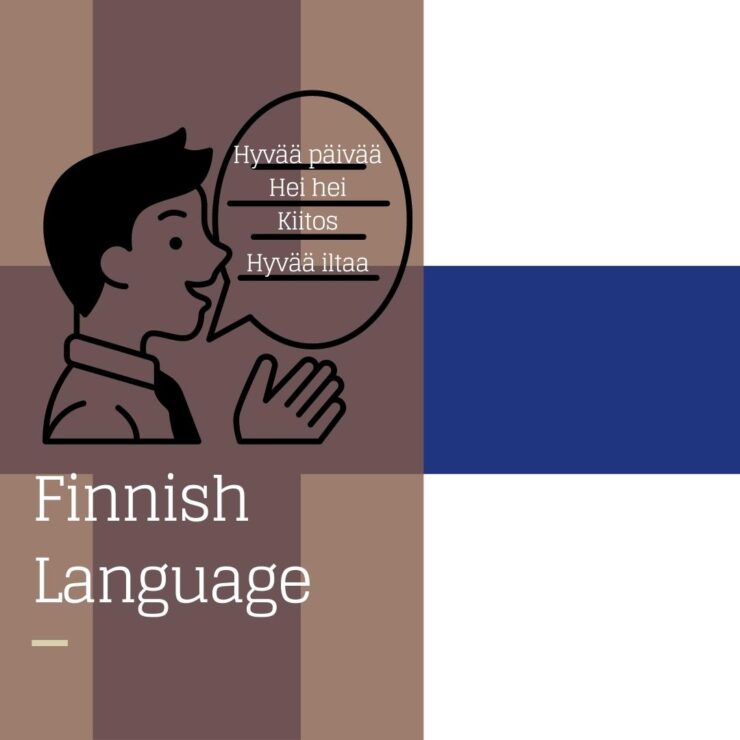
- Speaker Count: 6 million
- Language Hotspot: Finland
Why Finnish is a Linguistic Rubik’s Cube
Finnish, a Finno-Ugric language, is like a linguistic Rubik’s Cube. With complex verb conjugation, a case system, consonant gradation, and clitics, it’s a puzzle to solve. Its 15 grammatical cases mean that even a tiny change in the end of a word can flip its meaning. Plus, case endings are added as suffixes, which work like prepositions in English, adding another twist to the cube.
9. Hungarian

- Speaker Count: 13 million
- Language Hotspot: Hungary, Romania, Slovakia
Why Hungarian is like a Linguistic Lego Set
Hungarian is like a linguistic Lego set. It’s an agglutinative language, which means it builds meaning by adding prefixes and suffixes to words. Often, one Hungarian word equals a whole sentence in English, and that word can be a real whopper. The longest word, “megszentségteleníthetetlenségeskedéseitekért,” is a mouthful that translates to “for your [plural] continued behavior as if you could not be desecrated.”
8. Icelandic

- Speaker Count: 350,000
- Language Hotspot: Iceland
Why Icelandic is like a Linguistic Time Capsule
Icelandic is like a linguistic time capsule. It hasn’t changed since the 9th and 10th centuries, making it a challenge for modern learners. The language is filled with long words, and the syllables are pronounced entirely differently from typical English syllables. Plus, the conjugations can be as confusing as trying to decipher ancient runes.
7. Hindi
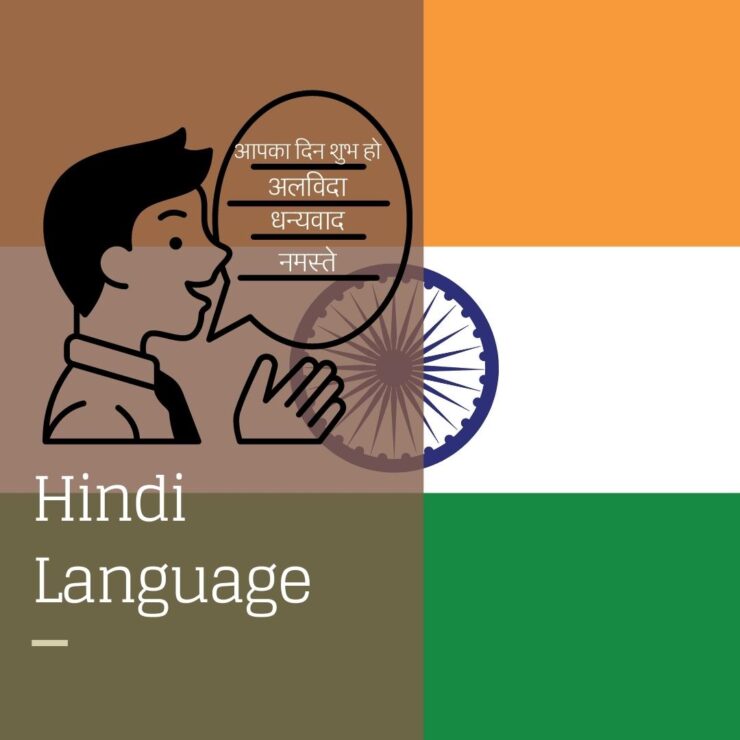
- Speaker Count: 615 million
- Language Hotspot: India, Fiji, Pakistan
Why Hindi is like a Linguistic High-Wire Act
Hindi, descended from the ancient South Asian language of Sanskrit, is like a high-wire act. It’s a phonetic language, but many sounds are foreign to English speakers. The written version, in Devanagari script, lacks certain phonetic markings that would help learners balance pronunciation. Plus, subtle changes in sound and context can make it feel like walking a tightrope.
6. Vietnamese

- Speaker Count: 77 million
- Language Hotspot: Vietnam
Why Vietnamese is like a Linguistic Symphony
Vietnamese, part of the Austroasiatic language family, is like a symphony for your tongue. It has six tonal variations determined by diacritics, and a high number of vowel sounds that can feel like trying to hit high notes for English speakers.
5. Thai
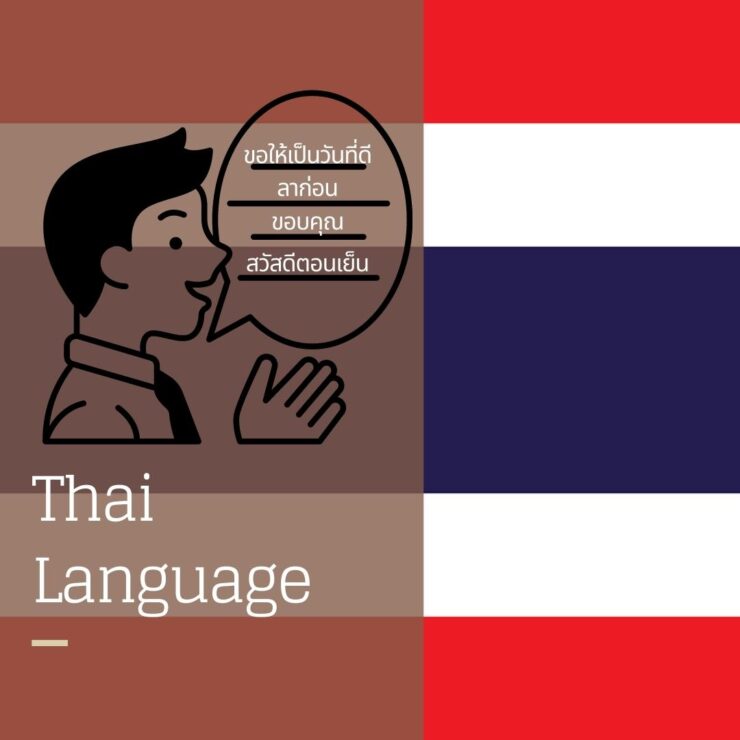
- Speaker Count: 60 million
- Language Hotspot: Thailand
Why Thai is like a Linguistic Dance
Thai is like a dance for your vocal cords. It’s a tonal language, where the pitch of a tone and the context of the word and sentence determine the meaning. With five tones, some of which don’t exist in English, and its own script with 44 consonants, 18 vowels, and six diphthongs, it’s like learning a complex dance routine.
4. Korean
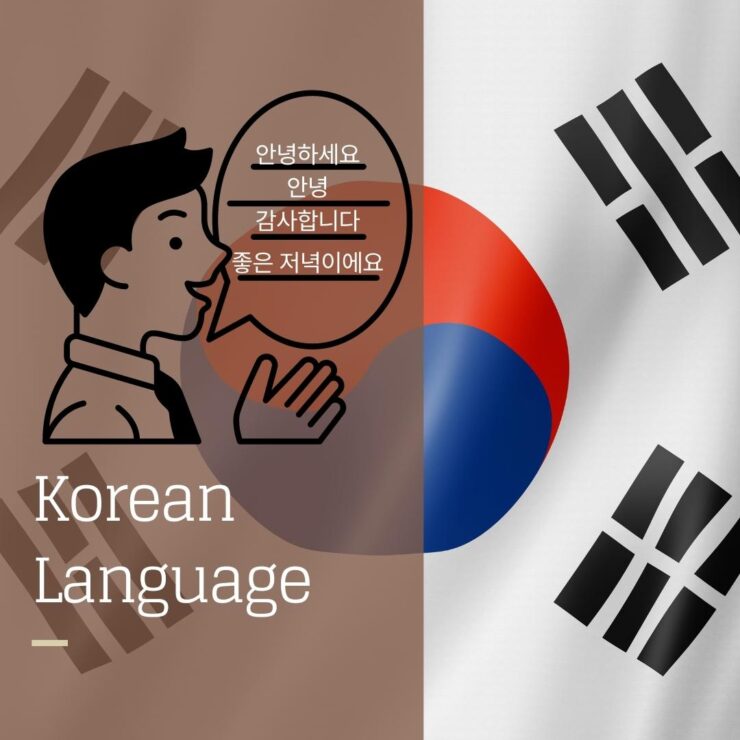
- Speaker Count: 80 million
- Language Hotspot: North Korea, South Korea
Why Korean is like a Linguistic Magic Show
Korean is like a magic show. It has the most logical writing system in the world, with just 24 symbols, but so many words sound similar that it’s like a magician’s misdirection. Plus, the sentence structure is different from English, making it feel like pulling a rabbit out of a hat.
3. Japanese

- Speaker Count: 126 million
- Language Hotspot: Japan
Why Japanese is like a Linguistic Origami
Japanese is like folding linguistic origami. The writing system contains tens of thousands of characters called “kanji.” Plus, the emphasis on respectful speech, or “keigo,” means one word can have 10 different translations depending on the formality of the situation. It’s like folding a single piece of paper into a complex shape.
2. Arabic
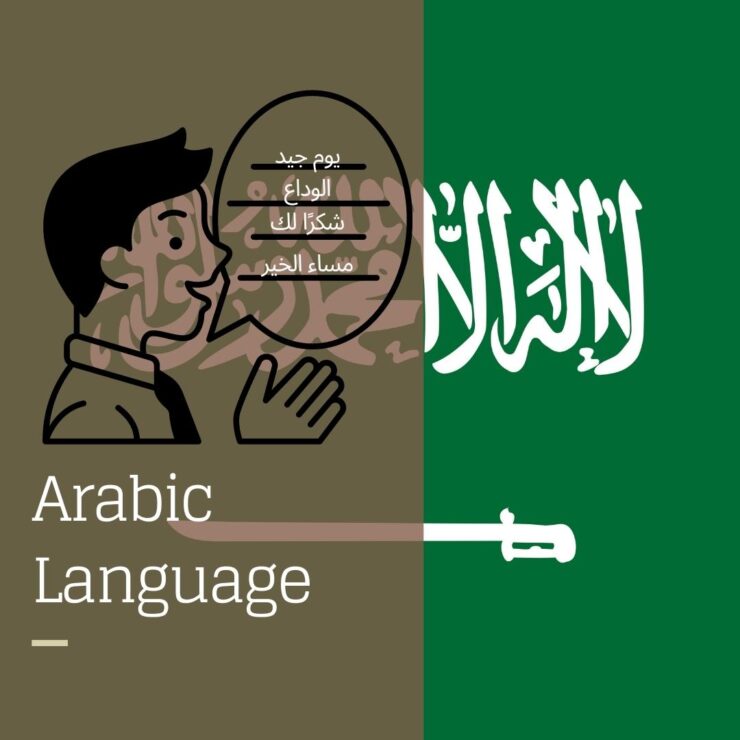
- Speaker Count: 274 million
- Language Hotspot: Arabian Peninsula, the Middle East, North Africa
Why Arabic is like a Linguistic Puzzle
Arabic is like a 3D puzzle. It has 28 script letters, is written from right to left, and omits most vowels in words. Plus, it has sounds that don’t exist in many other languages. The grammar can feel like trying to fit puzzle pieces together, with verbs often coming before the subject and many dual forms of words.
1. Mandarin

- Speaker Count: 1.3 billion
- Language Hotspot: China, Taiwan, Malaysia, Indonesia, Singapore
Why Mandarin is like a Linguistic Mountain Climb
Mandarin Chinese, the most widely spoken native language in the world, is like climbing Mount Everest. It requires memorizing thousands of special characters. Plus, it’s a tonal language with four tones, so one word can have four different meanings depending on how it’s pronounced. It’s a challenging climb, but the view from the top is worth it.
FAQs
What are some effective strategies for learning a new language?
There are several strategies that can aid in language learning. Immersion, or surrounding yourself with the language, is one of the most effective methods.
This can be done by traveling to a country where the language is spoken, or by using language learning apps and websites. Additionally, practicing speaking the language, either with a native speaker or a language exchange partner, can greatly improve your fluency.
Lastly, consistency is key. Regular practice, even if it’s just a few minutes a day, can make a big difference over time.
Easiest Languages For English Speakers To Learn
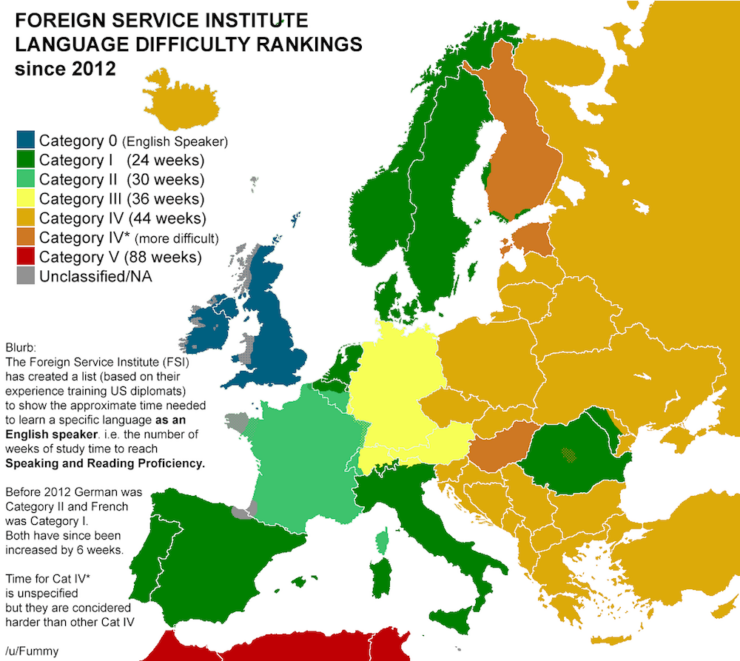
Dip your toes into the linguistic waters with some of these language gems! For English speakers, these languages can feel like a delightful dance rather than a complex choreography:
- Spanish 🇪🇸: The romance of the salsa and fiestas! Spanish has a straightforward phonetic system, and due to its Latin roots, many vocabulary words will sound familiar. Fact: Spanish is spoken by over 460 million native speakers worldwide!
- French 🇫🇷: The language of love and pastries. With shared Latin roots with English, many words (like ‘restaurant’) have jumped straight into English without much change. Fact: The French have a different word for eighty; it’s “quatre-vingts,” literally translating to “four twenties!”
- Italian 🇮🇹: Pizza, pasta, and prose! Its melodic rhythm and familiar vocabulary make it appealing. Fact: Many musical terms used internationally, like “allegro” or “forte,” are Italian.
- Portuguese 🇵🇹🇧🇷: The soulful songs of the Fado and Samba. While there are differences between the European and Brazilian versions, the structure is fairly straightforward for English speakers. Fact: It’s the official language of nine countries across four continents.
- Dutch 🇳🇱: Windmills and tulips! It’s the closest major language to English, both being Germanic languages. Fact: If you’ve ever wondered why the New York areas have names like “Brooklyn” (from Breukelen) and “Flushing” (from Vlissingen), it’s because of the Dutch settlers!
- Swedish 🇸🇪: Think IKEA manual simplicity. Swedish is also a Germanic language and has a logical, consistent structure. Fact: Many modern-day English words like “moped” and “smorgasbord” are borrowed from Swedish.
- Norwegian 🇳🇴: The beauty of the fjords and Northern Lights. Often considered the easiest Scandinavian language for English speakers. Fact: The word “ski” is derived from the Old Norse word “skíð,” which means a split piece of wood or firewood.
What are the top 10 hardest languages for English speakers to learn?
Ah, the linguistic Everest! For an English speaker, the summit of language difficulty might look something like this:
- Mandarin Chinese – Tonal and packed with characters.
- Arabic – Written right to left, with a script that changes based on its position.
- Japanese – Two phonetic scripts and thousands of Kanji characters.
- Korean – A unique script and complex honorifics.
- Finnish – With its myriad cases.
- Hungarian – Which belongs to the Uralic family, entirely different from most European languages.
- Icelandic – Ancient and preserved.
- Polish – Those consonants are a tongue-twisting challenge!
- Navajo – Verb-centric and culturally rich.
- Basque – A true mystery, unrelated to any other known language.
Why is Mandarin Chinese considered one of the hardest languages?
Mandarin is like the Rubik’s Cube of languages for many English speakers. It’s tonal, which means the meaning of a word can change based on pitch. Imagine calling someone “Mom” when you meant “Horse”, just because of a tone slip. Plus, with thousands of characters to learn and no alphabet, reading and writing become an art form of their own.
How long does it take to become fluent in a hard language?
Imagine training for a marathon. Some people might need a year, while others could do it in a few months with intense dedication. The Foreign Service Institute suggests that languages like Mandarin and Arabic take 2,200 class hours, or about 88 weeks of full-time study, for English speakers to reach “Professional Working Proficiency”. But remember, fluency is a journey, not a destination!
Are there languages that are universally hard to learn for all speakers?
“Difficulty” is subjective and based on one’s linguistic background. However, some languages like Pirahã (spoken in the Amazon) have unique structures and concepts that might be challenging to many.
How does the Foreign Service Institute rank languages by difficulty?
FSI uses a spicy-spectrum of language difficulty! They classify languages into categories, with Category I being the mildest and Category IV being the super-hot. English speakers will find Category I languages (like Spanish or French) more familiar, whereas Category IV (like Arabic or Mandarin) brings on the heat!
Does one’s native language affect the difficulty of learning another language?
Absolutely! If your native language is Spanish, Italian might seem like a cousin you’ve never met, while Mandarin might seem like an alien from another galaxy.
What factors determine the difficulty of a language?
Several factors, including:
- Grammar complexity: How many rules and exceptions are there?
- Phonetics: How hard is it to pronounce the sounds?
- Writing system: Alphabet, characters, or hieroglyphs?
- Cultural context: How deeply do you need to understand the culture to use the language effectively?
Are there benefits to learning difficult languages?
Oh, the rewards are plenty! Aside from impressing people at parties, you’ll gain cognitive benefits, enhance multitasking abilities, connect with diverse cultures, and perhaps even see the world through a different lens.
How can one make learning difficult languages easier?
- Embrace the challenge: Think of it as a game.
- Immerse yourself: Dive into movies, music, and literature of that language.
- Practice: Speak every day, even if it’s just to your cat!
- Find a language buddy: They’ll share your pain and joy.
- Use tech tools: Apps like Duolingo or Anki can be lifesavers.
Is it harder for adults to learn a new language than for children?
While kiddos have the “sponge advantage” in absorbing languages, adults have strategy, discipline, and motivation. So, while children might pick up languages more naturally, adults can still become proficient with the right techniques and attitude. It’s never too late to be a language lover!
What are the benefits of being a polyglot?
Being a polyglot has numerous benefits. It can enhance your cognitive abilities, including problem-solving, multitasking, and memory. It can also open up new opportunities for travel, work, and cultural experiences.
Furthermore, learning a new language can provide a deeper understanding of different cultures and ways of thinking, fostering empathy and global awareness.
What are some resources for learning these challenging languages?
There are numerous resources available for learning languages. Language learning apps like Duolingo, Babbel, and Rosetta Stone can be very helpful.
Online language courses, such as those offered by Coursera or edX, can also be beneficial. Additionally, language exchange websites can connect you with native speakers of the language you’re learning, allowing you to practice speaking and listening.
How can I maintain my language skills if I’m not in a country where the language is spoken?
There are several ways to maintain your language skills even if you’re not in a country where the language is spoken. Regularly using language learning apps or online courses can help.
Watching movies or TV shows, listening to music, or reading books in the language can also be beneficial. Additionally, practicing speaking the language with a language exchange partner or tutor can help maintain your speaking and listening skills.
Final Words
So, there you have it, the 25 most challenging languages to learn, each with its own unique quirks and complexities. But remember, the journey of a thousand miles begins with a single step. Or in this case, a single word.
Learning a new language is not just about mastering grammar and vocabulary. It’s about embracing a new way of thinking, a new culture, and a new worldview. It’s about breaking down barriers and building bridges of understanding. It’s about expanding your horizons and discovering new aspects of yourself along the way.
So, whether you’re a seasoned polyglot or a language learning newbie, don’t be daunted by the challenge. Embrace it. After all, every language is a new adventure waiting to be embarked upon, a new story waiting to be told.













